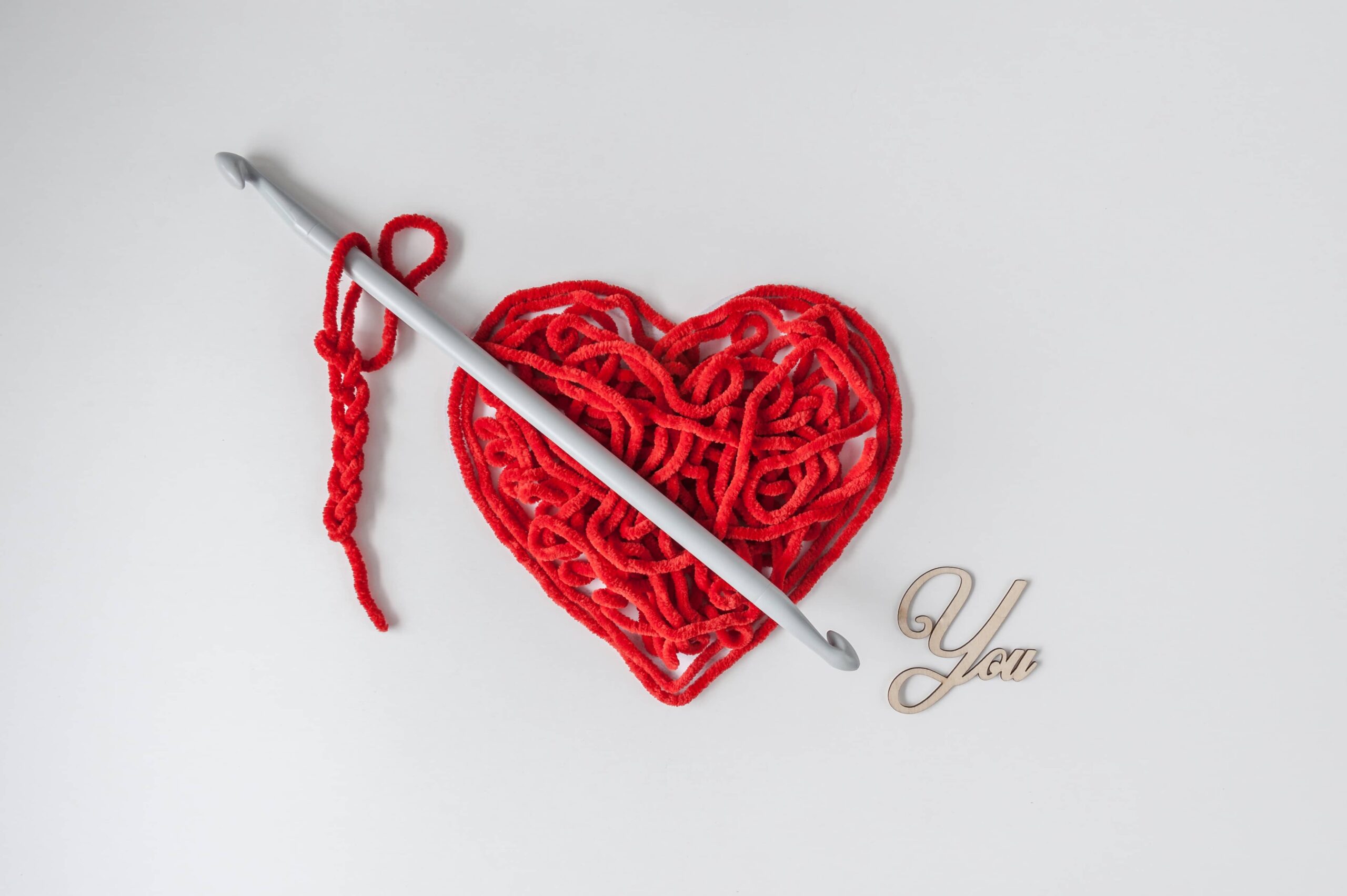Being a textile enthusiast, you should know the basic differences between weaving and knitting. This article will help you to differentiate between these two figures.
What Do Mean By Weaving?
Weaving technology involves the interlacement of two sets of yarns at eight angles to each other. The two sets of yarns are called warp (vertical yarn) and weft yarn (horizontal yarn).
Design modification in weaving is a bit difficult task. Cotton, silk, hemp etc are used mainly for weaving purposes. Woven fabrics are less stretchable. But if they are made from stretchable yarns, then they will stretch. They tend to crease easily. So ironing is required at a regular interval.
Woven fabrics have a compact structure and the yarns are closely packed with each other. Weaving is done on looms. We will have some forms of weaving like-
- Plain weave
- Twill weave
- Satin weave
Fig: Weaving process Fig: Weaving construction (Interlacemnet of yarn)
What is Knitting?
Knitting is a process where fabric is made by using one strand of yarn using two needles. Here interlocked loops are formed. Knitting can be done by hand. Often we see this example as in sweater. But commercially, different types of knitting machines are used to produce knitted fabric. Circular knitting machines, flatbed knitting machines are used for this purpose.
Two types of knitting are available-
- Warp knitting
- Weft knitting
Knitted fabrics have inherent resiliency and elasticity. For their high elasticity, dimensional stability is not properly maintained. They have unique drape abilities. With all your moves, these fabrics move so easily. They have an excellent ability to absorb moisture.
Their stitching makes them perfect to provide thermal insulation. They are used in warm clothes. It is very easy to care for knitting fabrics. Even they need not any ironing as they show a good crease resistance.
Fig: Knitted fabric
Differences Between Weaving and Knitting
| Weaving | Knitting |
| Threads run perpendicular to each other in weaving | Threads run parallel to each other in knitting |
| Lower stretchability | Comparatively higher stretchability |
| In weaving, fabric thickness is less | After knitting, the fabric becomes thick |
| Threads are known as Warp and Weft | A single thread is used where a horizontal row of the loop is called coarse and vertical column of needle loop is called wales |
| With weaving technology, we produce lightweight clothing materials | With knitting technology, thick woolen clothing is prepared |
| Weaved cloths can’t provide thermal assistance | Knitted materials have thermal properties thus used to make warm cloths |
| Woven fabric is produced by interlacing two threads | Knitted fabrics are produced by pulling the current thread through the loops of the preceding row which is again made into a loop as the basis of the next row |
| Sizing of warp thread is a must to resist weaving tension | No need for sizing |
| Two sets of yarns are required | One set of yarn is enough to form loops in knitted fabrics |
| Yarn is to prepared properly before weaving | Preparation plays a little role in knitting |
| Lower production capacity than knitting | The production capacity of knitting is high |
| Production cost is higher than knitting | Production cost is lower than weaving |
| Woven fabric has higher dimensional stability than knitted fabric | Knitted fabric has lower dimensional stability than woven fabric |
| In our country, woven fabric is produced in the comparatively lower manner ( almost 48% ) | Most of the fabric produced in our country is knitted fabric ( almost 52% ) |
| Capital investment is higher | Capital investment is higher than weaving |
| Machine set up is a bit complicated | Setting up a machine is quite easier and faster |
| Less modification is possible compared to knitting | The design and style of fabric can be easily modified |
| Less variation in the product | Product variation is more like single jersey, rib, interlock, purl |
| It is done by the interlacement of two sets of threads | It is done by the formation of loops |
| Compact construction | Loose construction |
| Absorb less moisture due to compactness | Absorb more moisture due to loose structure |
| More durable | Less durable |
| Example: Denim, twill, canvas, gabardine, chambray | Example: Pique, mesh, terry |
If you want to be more clear about the differences between weaving and knitting, check this video
Till now, we have learned about the basic differences between weaving and knitting technology. The difference between the two technologies makes the property of woven and knitted fabric different.
Let’s have a look below!
Differences Between Woven and Knitted Fabric
| Knitted fabric | Woven fabric |
| High crease resistance than woven fabric | Lower crease resistance property |
| No ironing required | Ironing is required |
| Less strong than woven fabric | Stronger than knitted fabric |
| Absorption capacity is more | Woven fabric has a low absorption capacity |
| More permeable to air and moisture | Less permeable to air and moisture |
| Highly elastic fabric | Elasticity is comparatively less |
| Knitted fabric has less dimensional stability | Woven fabric has more dimensional stability |
| Ends curling tendency is higher | End curling tendency is comparatively lower |
Wrapping It Up!!
Both of them are a very ancient techniques to produce fabric. Hopefully, you all understand the differences between weaving and knitting. You can also check: The Differences Between Spinning And Weaving
Salma Hasin the author of this site completed her BSc. in Textile Engineering (Wet Processing Engineering). She wants to share her knowledge to help students in their studies and businessman & entrepreneurs in their businesses in making wise decisions fast.

